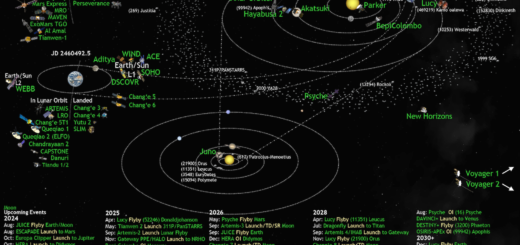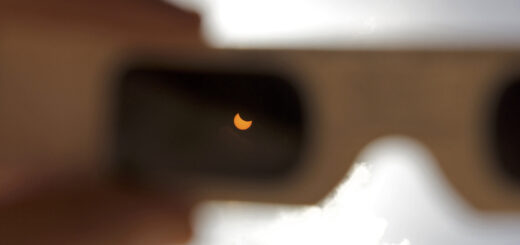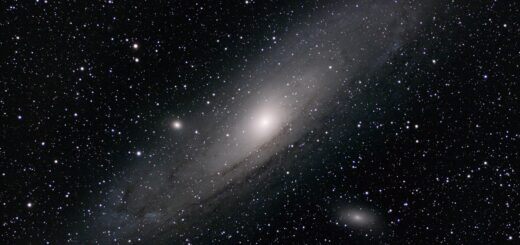OSIRIS-REx Brings Pieces of an Asteroid to Earth
The OSIRIS-REx spacecraft has returned a sample of the asteroid Bennu safely to Earth!
Launched in 2016, the NASA spacecraft, whose name stands for “Origins, Spectral Interpretation, Resource Identification, Security, Regolith Explorer”, went into orbit around Bennu on December 31, 2018. It returned a sample to Earth on September, 24, 2023.
WHERE
Bennu is a small carbonaceous asteroid, only about 0.3 miles wide, making it the smallest object ever orbited by a spacecraft. The primary goal of this mission was to gather bits of asteroid material and return it to Earth.
For the first several months of its mission, the spacecraft imaged the surface of the asteroid to select a good location on the surface to attempt sample collection. The surface of Bennu was much rockier than predicted, so this closeup mapping was essential to find a good, safe location for obtain a surface sample. The surface of the asteroid is covered with lots of sharp rocks and boulders.
The chosen location for the sample collection was called Nightingale, a region only about 50 ft across in the northern hemisphere of the asteroid. This site was chosen because it had an open region of fine-grained material, although the spacecraft had to fit in between some large boulders to do so.
WHAT

On October 20, 2020, OSIRIS-REx collected this sample using a method called “Touch-And-Go” (TAG). The spacecraft lowered to the surface of the asteroid, touching down for mere seconds. It released a jet of nitrogen gas, which kicked up a lot more asteroid material than expected, and it was gathered by the Touch-And-Go Sample Acquisition Mechanism (TAGSAM) collector head. With this part of the mission accomplished, the spacecraft returned to its orbit around Bennu. In 2021, the spacecraft left Bennu on its sample return mission to Earth.
WHY
Why retrieve samples from an asteroid? And this asteroid in particular? Bennu is a near-Earth asteroid, so it was close enough to reasonably reach and explore. Bennu is also a carbonaceous asteroid, which are made of the most unaltered material in the solar system, not subjected to the sort of high temperatures and pressures that planetary bodies have undergone. That means that their chemical composition is still very close to what it was when the solar system formed! The sample in the capsule, now safely on Earth, will provide data for amazing science for years to come!

Wishing you clear skies!
If you’re interested in astronomy news, check out this link: https://lisawillspace.com/category/space-science/in-the-news/



